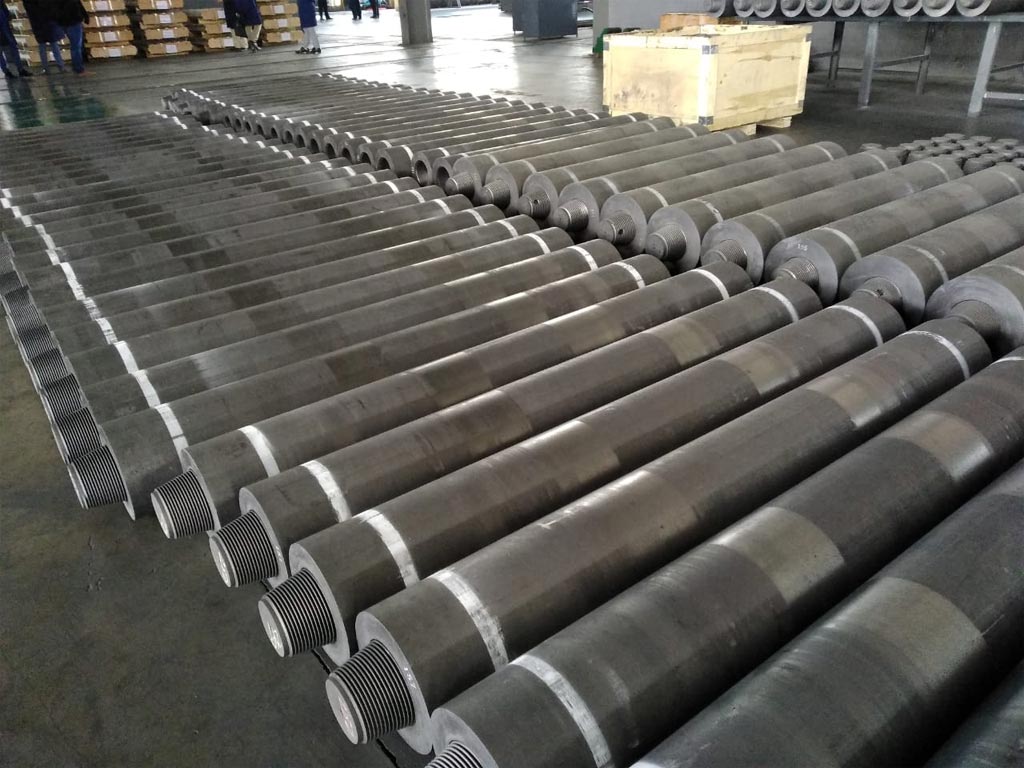
The hype around graphite electrodes demand and prices that started in the latter half of 2017 due to supply-side structural changes in China seems to have subsided with GE demand exceeding supply in China and country’s subsequent exports of its produce to various other countries. With no stopping to the price plunge in Chinese as well as global GE prices, let us analyse how the South-east Asia’s EAF steelmaking which requires electrodes as the key raw material will support the GE demand in the coming years ahead:
Vietnam – Currently, Vietnam’s steel industry is in its stage of development, with most steel producers being small-scale mills. The EAF-based method is widely used in Vietnam (around 80% of steel production) as compared to the BOF process. Many new production lines are coming up and majority of steel makers have concrete plans for capacity expansion while some have plans to more than double their existing capacity.
According to market research, the construction and construction market in Vietnam reached USD 13 billion in 2017, up 9.7% year-on-year. The average annual growth rate in the next 10 years is expected to reach 7.5%, which will play a powerful role in steel consumption. Moreover, the development of Vietnam’s steel industry in the later period is set to meet not only the needs of the country, but also to expand country’s sales to the ASEAN region, resulting which the output of electric furnace steel will continue to rise, supporting GE demand.
Indonesia – Indonesia is the most populous country in Southeast Asia however its crude steel production is only about 5 MnT and hence is dependent upon imports to meet its steel requirements. Local steel mills are basically electric furnace based enterprises. Due to the instability of scrap resources and high electricity prices, the operating rate of electric furnace steel enterprises is unstable and the capacity utilization rate is low.
At present, 80% of Indonesia’s steel resources come from imports, while the government’s target for imports is only 30% resulting which there is a high scope for growth in country’s steel production in the coming years ahead. At present, the two major steel mills in Indonesia (such as Kagang and Gunung Steel) have an electric furnace equipment of 120-130 tones, and other steel mills mainly use 20-70 tonnes of small electric furnaces. Thus, although in the long term country’s electrodes requirement may incresae, at present its demand is quite limited.
Malaysia – In recent years, Malaysia’s economic development has been relatively flat, and its steel industry has many inherent shortcomings. As an upstream industry in the steel industry, its iron ore raw materials, although available locally, are relatively scarce, and are essential for smelting steel. The coking coal is almost zero, and the imported steel has a greater impact on domestic steel production.
At present, the apparent consumption of steel in Malaysia is around 12 MnT, mainly based on short-process production, of which EAF production capacity of about 8 MnT. The concentration of steel-making enterprises is low, the production level and automation is low, and the actual capacity utilization rate of EAF steel mills is only about 35%. After 2012, the major steel mills including Golden Lion Group and Anyu Steel are basically new blast furnace projects, and new electric furnaces are rare, which means that the electrodes demand from Malaysia is also quite limited.
Thailand – Thailand’s construction industry and automobile manufacturing industry are relatively developed. The steel consumption capacity is second only to Vietnam in Southeast Asia. In 2018, Thailand’s crude steel output is about 4.5 MnT. At present, there is only one blast furnace ironmaking enterprise in Thailand, and the rest are electric furnace steelmaking plants, mainly producing blanks. At present, the largest electric furnace steel producers in Thailand are G Steel and Tata Steel (Thailand), all of which are electric arc furnace equipment of more than 80 tonnes. Thus, if the domestic steel demand picks up in the country, it is likely that the GE demand will also increase subsequently in the coming years ahead.
Image Credits: Industrial Heating


